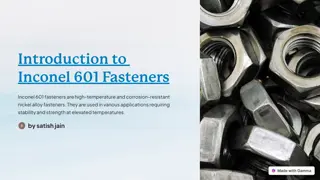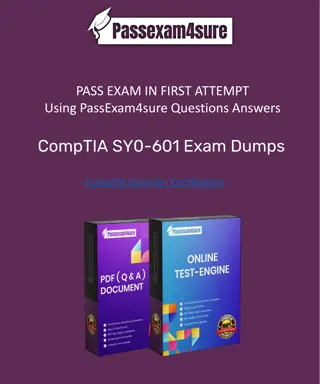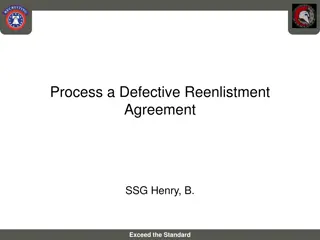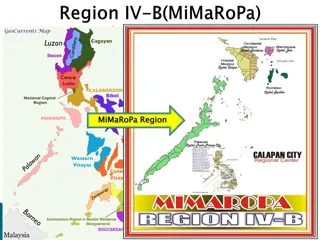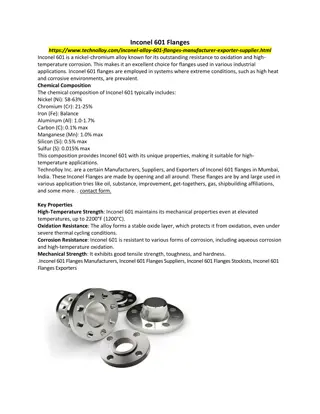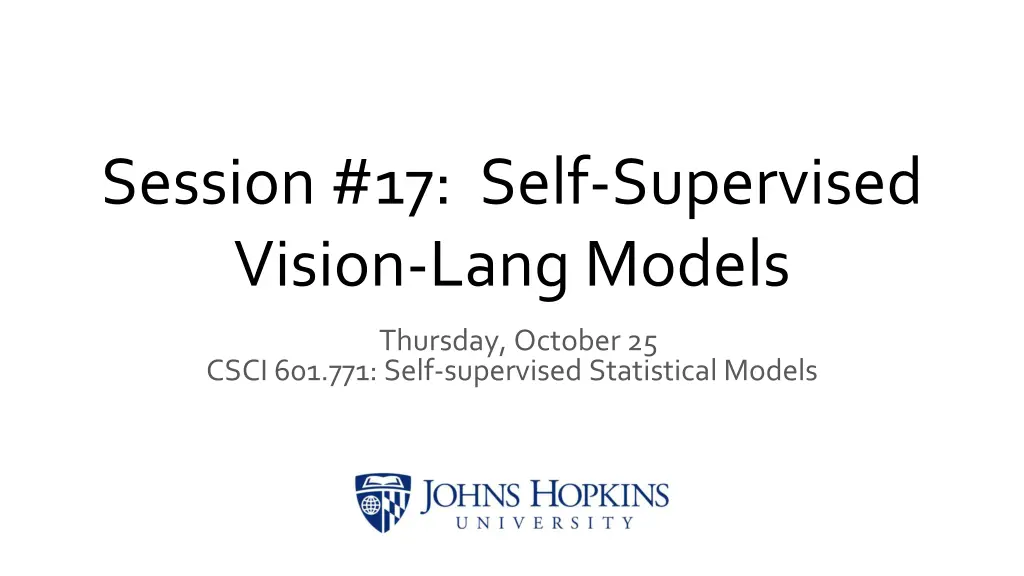
Self-Supervised Vision-Lang Models: Impactful Paper Analysis
Analyzing strengths and weaknesses of a self-supervised vision-language model paper, discussing its impact, broader implications, and expectations for theoretical analysis. Highlights include addressing zero-shot learning, bias, and distributional shift experiments.
Download Presentation

Please find below an Image/Link to download the presentation.
The content on the website is provided AS IS for your information and personal use only. It may not be sold, licensed, or shared on other websites without obtaining consent from the author. If you encounter any issues during the download, it is possible that the publisher has removed the file from their server.
You are allowed to download the files provided on this website for personal or commercial use, subject to the condition that they are used lawfully. All files are the property of their respective owners.
The content on the website is provided AS IS for your information and personal use only. It may not be sold, licensed, or shared on other websites without obtaining consent from the author.
E N D
Presentation Transcript
Session #17: Self-Supervised Vision-Lang Models Thursday, October 25 CSCI 601.771: Self-supervised Statistical Models
Strengths - Personally think this is a impactful paper - Tackle an important problem in zero-shot learning(no need retraining, labeling new dataset) Very well written paper Provided detailed experiment settings Easy access to additional resources: slides, source-code, talk after publication - - - 2 : Ha, Elis e
Strengths Broader Impact of paper: CLIP allows for easy classification for categorization Significant promise of varied task handling such as Image search and retrieval Addresses Bias Addresses acknowledgement of data gathering source, participants and researchers involved : Ha, Elis e
Strengths : Ha, Elis e
Weaknesses - - - - Often requireprompt engineering Detail paper, but also too many words in arXiv version Lack of notation clarification Personally expect more theoretical analysis for a ICML paper - Contrastive Learning - Uncertainty under Distributional-Shift Personally expect more investigation on distributional shift experiment - 5 : Ha, Elis e
Weaknesses - notation - Misunderstand the number of probability spaces, definition clarification: - N need to be the same as test and train? 6 : Ha, Elis e
Weaknesses - distributional shift experiment - Distributional-shift experiment: - Expect shift intensity by ImageNet-C - Adapt to ImageNet: There is still unsolved question like How is it possible to improve accuracy by 9.2% on the ImageNet dataset with little to no increase in accuracy under distribution shift? - Adapt to class shift is look obvious 7 : Ha, Elis e
Conclusion Personally think: - An impactful paper: very well written and experiments - Expect more theoretical analysis and notation elaboration => Strongly accept. : Ha, Elis e




